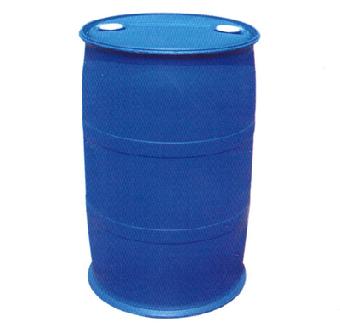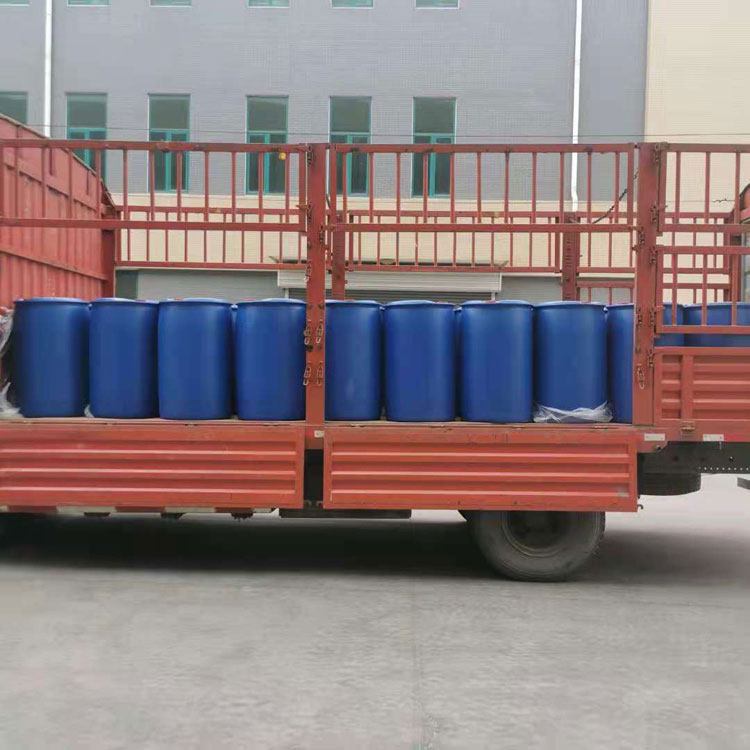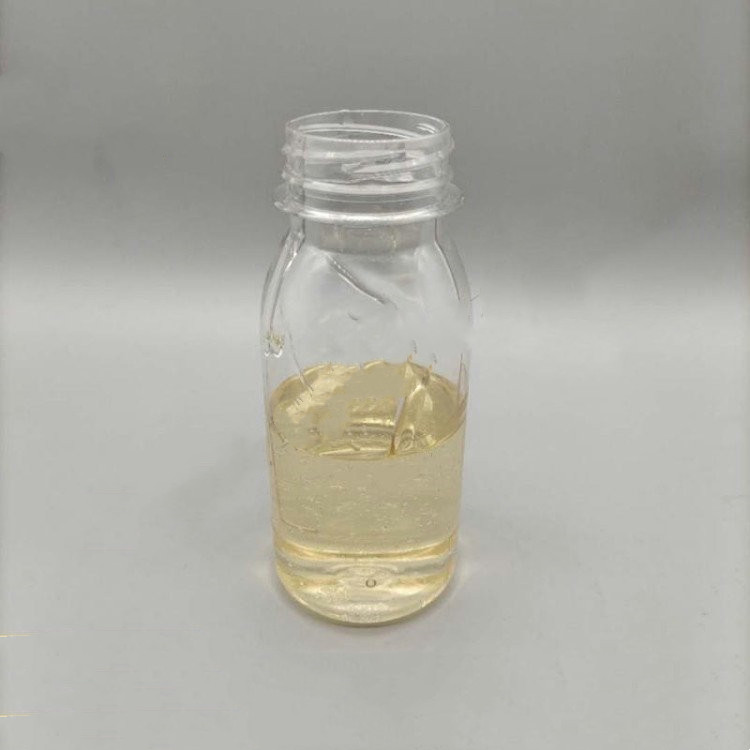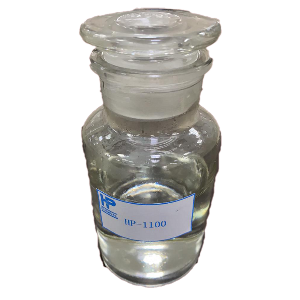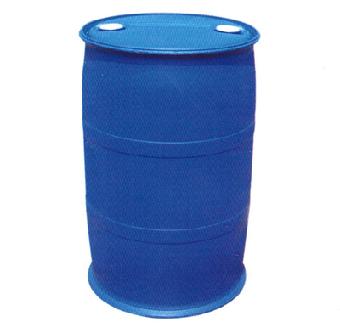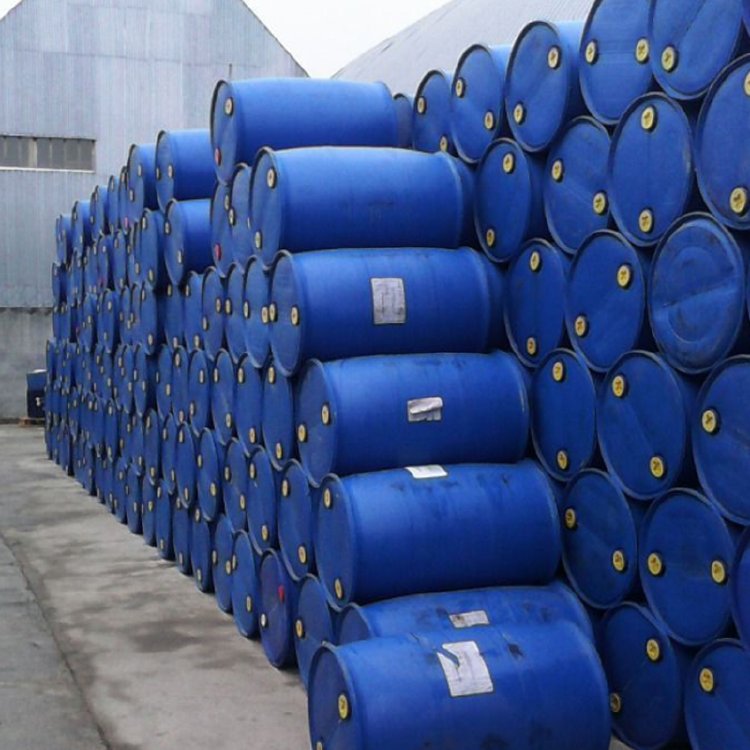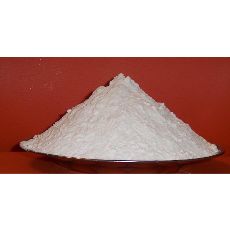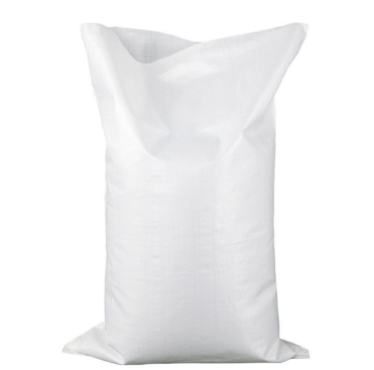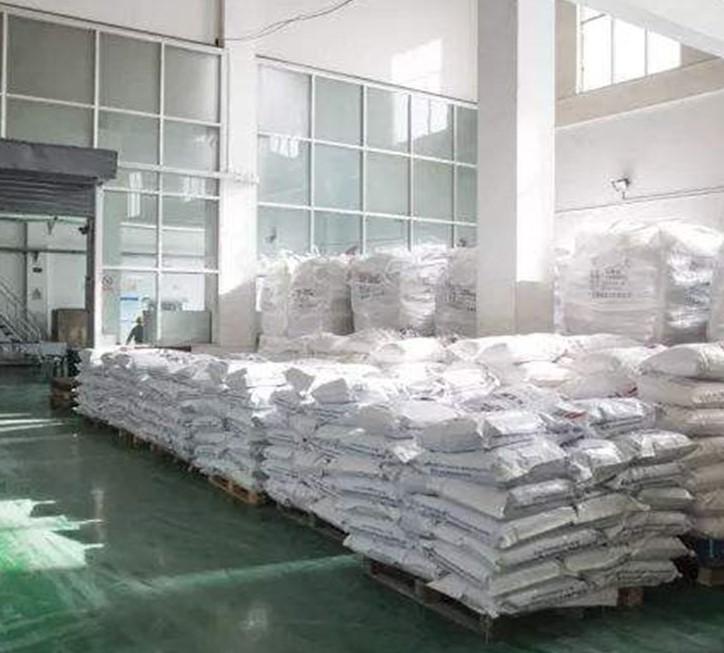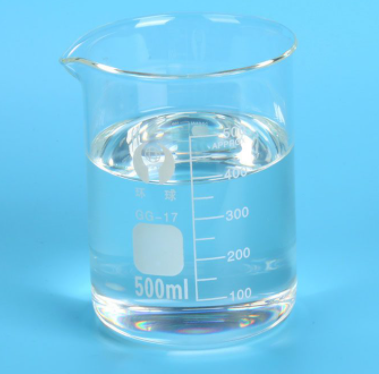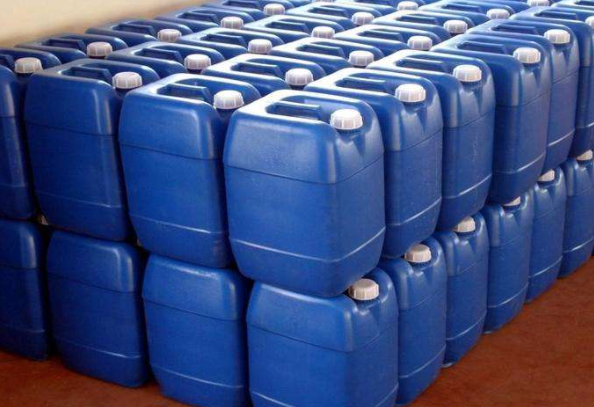CAS:90-72-2
Molecular Formula:C15H27N3O
Alias
More Information
DMP-30; 2,4,6-Tris((Dimethylamino)Methyl)Phenol; Epoxy Embedding Medium, Accelerator; Tris-(Dimethylaminemethyl) Phenol; 2,4,6-Tris(Dimethylaminomethyl)Phenol; 2,4,6-Tris[(Dimethylamino)Methyl]Phenol
Brief Introduction
This product is used as thermosetting epoxy resin curing agent, adhesive, binder for laminate materials and floors, acid neutralizer and catalyst in polyurethane production.
CNY 15 Million
133200m²
Less Than 50 People
Manufacturing
Manufacturing
| Product Photo | Specification | Grade | Max Capacity | Certificates | Package | |
|---|---|---|---|---|---|---|
|
|
||||||
| Tech Grade | - | - |
25kg /
Plastic Drum
200kg /
Plastic Drum
|
Main products:
Tris(Dimethylaminomethyl)Phenol
/2-(2-Aminoethylamino)Ethanol
/Triethylenediamine
/Ethylenediaminetetraacetic Acid
/Curing Agent FOR Epoxy Res
CAS:919-30-2
Molecular Formula:C9H23NO3Si
Alias
More Information
3-Aminopropylmethyldimethoxysilane; 3-Triethoxysilylpropylamine; (3-Aminopropyl)Triethoxysilane
Brief Introduction
Aminopropyltriethoxysilane can be used as glass fiber treatment agent, dental adhesive, catalyst and coupling agent.
CNY 332 Million
666000m²
1000+ People
Manufacturing
Manufacturing
| Product Photo | Specification | Grade | Max Capacity | Certificates | Package | |
|---|---|---|---|---|---|---|
|
|
||||||
| Tech Grade | - | - |
25kg /
Plastic Drum
1000kg /
Plastic Drum
200kg /
Plastic Drum
|
Main products:
3-Aminopropyltriethoxysilane
/Trimethoxysilylpropanethiol
/Bis-(γ-Triethoxysilylpropyl)-Tetrasulfide
/Bis(Triethoxysilylpropyl) Disulfide
/3-(Trimethoxysilyl)-1-Propanamine
/3-Chloropropyltrichlorosilane
/3-Thiocyanatopropyltriethoxysilane
/Methyltrimethoxysilane
/Methyltriethoxysilane
/Phenyltrimethoxysilane
/3-Glycidoxypropyltrimethoxysilane
/Vinyltrimethoxysilane
CAS:96-45-7
Molecular Formula:C3H6N2S
Alias
More Information
1,3-Ethylene-2-Thio-Ure; 1,3-Ethylene-2-Thiourea; 2H-Imidazole-2-Thione, Tetrahydro-; 2-Imadazoline-2-Thiol; 2-Imidazolidinethione Ethylene Thiourea; 2-Imidazoline-2-Thiol; 2-Imidozolidimethione; 2-Mercapto-2-Imidazoline
Brief Introduction
This product is soluble in hot alcohol solution. It is often used in combination with acidic copper plating brightener m and SPS. It can also be used as a promoter of synthetic rubber.
CNY 20 Million
22644m²
Less Than 50 People
Manufacturing
Manufacturing
| Product Photo | Specification | Grade | Max Capacity | Certificates | Package | |
|---|---|---|---|---|---|---|
|
|
||||||
| Tech Grade | - | - |
25kg /
Woven Bag
25kg /
Paper Bag
|
Main products:
Ethylene Thiourea
CAS:998-40-3
Molecular Formula:C12H27P
Alias
More Information
Tributylphosphine; Tributylfosfin [Czech]; Phosphine,Tributyl; Tris(Butyl)Phosphine; Phosphine, Tributyl-; tri-n-Butyl-Phosphine; tris(n-Butyl)Phosphine
Brief Introduction
Tributylphosphine is a colorless to yellowish liquid with a strong garlic-like odor. It is insoluble in water. It is liable to heat and ignite spontaneously in air. If involved in a fire phosphine gas, a highly flammable and toxic gas, will evolve. It is irritating to mucous membranes.
Tributylphosphine is the main ligand of homogeneous catalyst used in petrochemical production. It can also be used as reducing agent and olefin polymerization catalyst,
(1).As an important organic phosphine ligand.
(2).It is widely used in transition metal organic synthesis, and can also be used as an efficient catalyst.
CNY 60 Million
93240m²
50-100 People
CDMO
CDMO
| Product Photo | Specification | Grade | Max Capacity | Certificates | Package | |
|---|---|---|---|---|---|---|
|
|
||||||
| Tech Grade | - | - |
25kg /
Plastic Drum
|
Main products:
Tri-N-Butylphosphine
/1-Ethynyl-1-Cyclohexanol
/2-Bromochlorobenzene
/Phenylboronic Acid
/2-Aminodiphenyl
CNY 50 Million
Manufacturing
Manufacturing
| Product Photo | Specification | Grade | Max Capacity | Certificates | Package | |
|---|---|---|---|---|---|---|
|
|
||||||
| - | - | - | - |
Main products:
Boron Trifluoride Sulfolane Complex
/Isobutyric Acid
/Boron Trifluoride
/Boric Acid
/NA
/Boron-10 Isotope
/Acetylene
/Boron Trifluoride Acetonitrile Complex
/Boron Trifluoride Dimethyl Etherate
/Boron Trifluoride Monoethylamine Complex
/Boron Trifluoride Etherate
/Boron, (Ethyl Acetate-κO')Trifluoro-, (T-4)-
/Phenylmethanamine,Trifluoroborane
/Boron Trifluoride Diethyl Glycol Dimethyl Ether Complex
/Boron Trifluoride Tetrahydrofuran Complex
/Phenol,Trifluoroborane
/Boron Trifluoride Methanol Complex
/Boron Trifluoride-Acetic Acid Complex
/Boron Trifluoride Ethanol Complex
Inquiry (
10
/ 10
)
Clear All
Sign In
Error!

